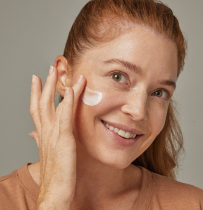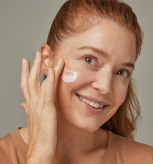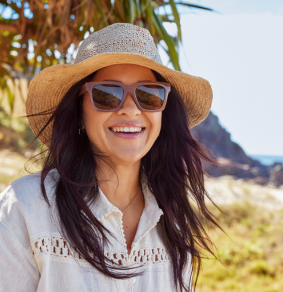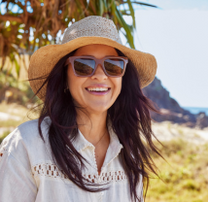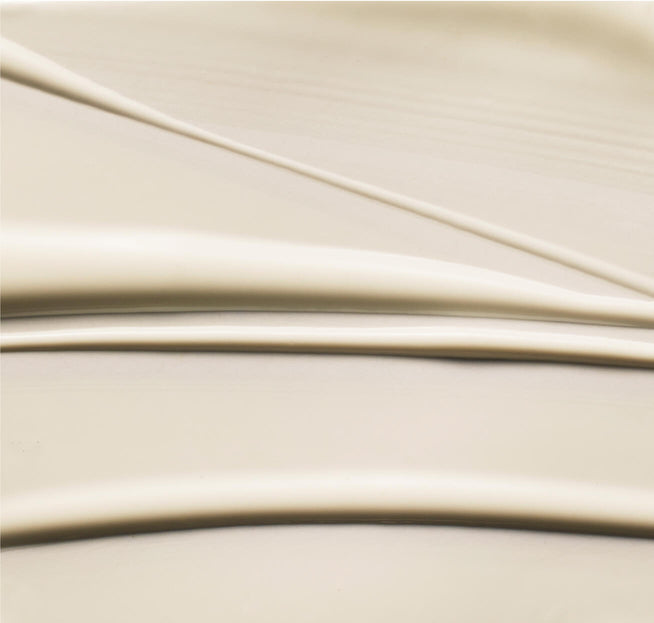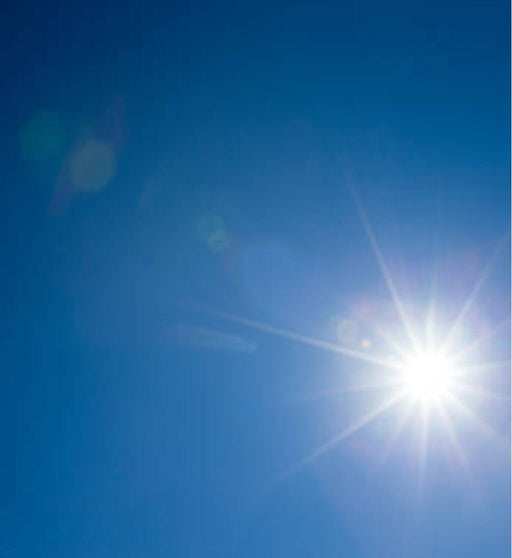
Up to 80% of premature ageing, fine lines and wrinkles is due to sun exposure*
*www.cancercouncil.org.au
In laboratory conditions, when used as directed, SPF50 sunscreen filters 98% of UV radiation
*www.cancercouncil.org.au
UV radiation strong enough to cause sunburn in as little as 11 minutes on a fine summer day.
*www.cancercouncil.org.au
Know your UVAs from your UVBs
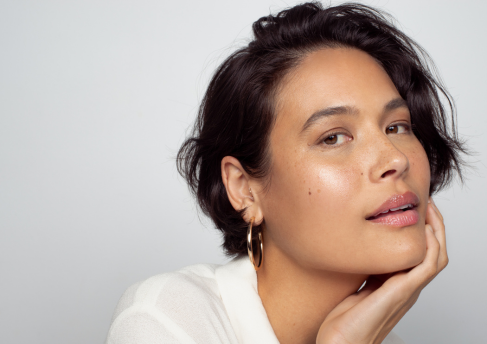
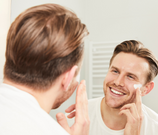
Know your UVAs from your UVBs
Living in Australia, you’ve likely heard the words ‘ultraviolet radiation’ or ‘UV rays’ more times than you can count. UV is a daily threat with serious health repercussions, but what does it actually mean?
These invisible rays of radiation come from the sun and cause skin cancer by damaging your cells. The level of UV radiation in a given area is marked each day by a number between 0-15, letting you know how strong it is and how much of a risk it poses.
There are two types of UV rays that reach and affect our skin – UVA and UVB. Both operate on different wavelengths and impact different layers of the skin, but both are incredibly harmful through overexposure. Fortunately, both kinds can be protected against using a broad-spectrum sunscreen.
Here’s a deeper look at the key differences between UVA and UVB radiation, as well as the reasons to guard yourself against them.
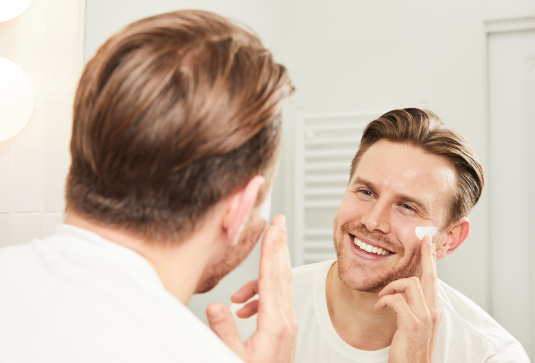
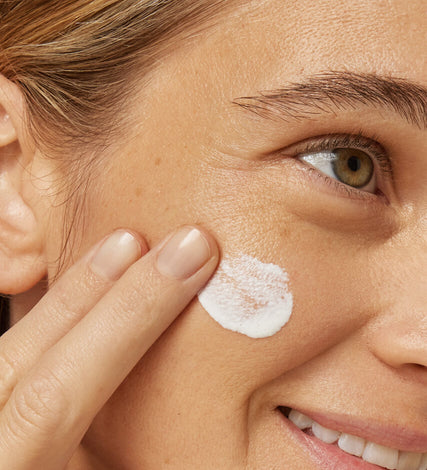
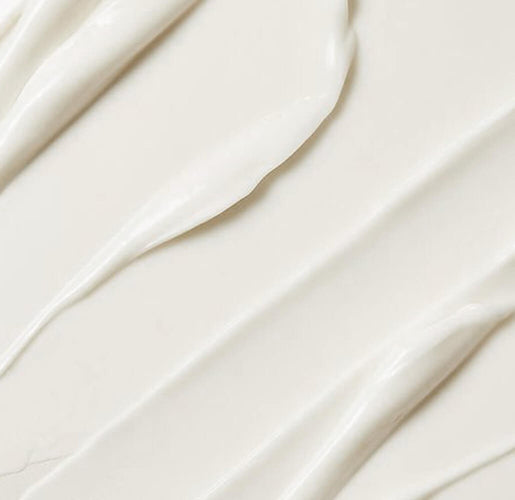
Let’s talk SPF
All sunscreens are marked with an SPF rating that calls out their strength. SPF50 is the go-to, particularly in Australia, but what does that actually mean?
SPF stands for Sun Protection Factor. Put simply, this tells you how effective a product is at protecting you from the sun. That effectiveness is tested in a lab setting by determining how long redness takes to appear on the skin after sun exposure.
In the lab, SPF30 sunscreen filters 96.7% of UV radiation and SPF50 sunscreen filters 98% of UV radiation. It’s almost impossible to recreate lab conditions in your day-to-day life, however, because factors like skin type, UV levels, how much product you apply, and what you’re doing that day will always come into play.
So, to get the most out of your SPF and keep yourself as safe as possible, it’s vital that you apply sunscreen liberally, repeatedly, and as directed.
Applying sunscreen to your face + body
Step one
Use a generous amount of sunscreen. When applying sunscreen, you need at least one teaspoon for face. Don’t forget your neck and ears
Step Two
Sunscreen needs to be applied 20 minutes before going outdoors.
Step Three
Sunscreen should be reapplied every two hours if you are spending time outdoors. As sunscreen can be easily wiped off, you should also reapply after swimming, sweating or towel drying.
Applying sunscreen to your face + body
Keep an eye on your skin
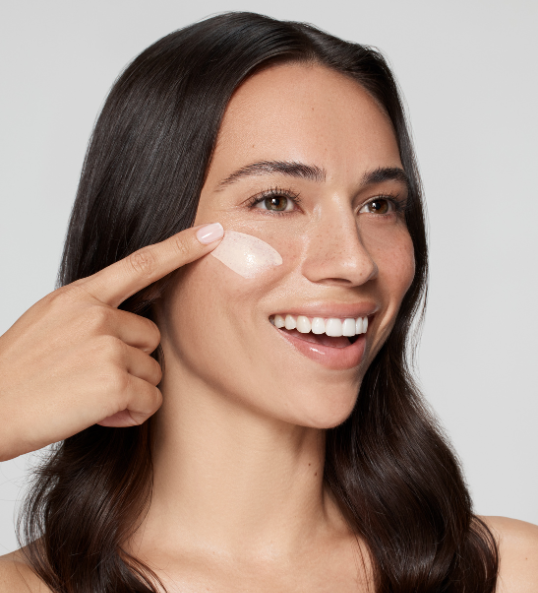
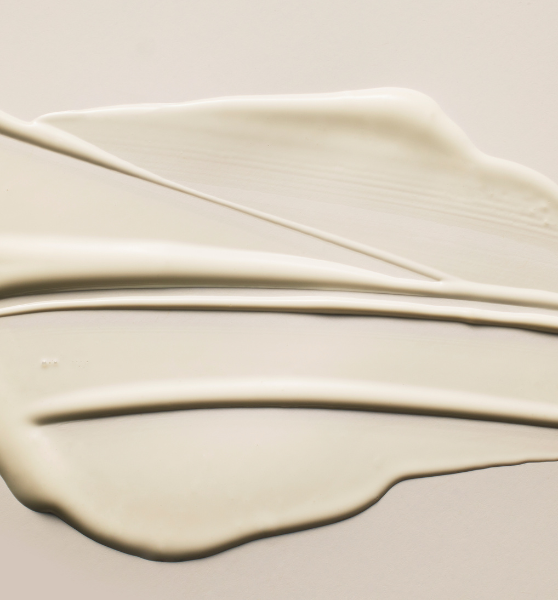
Keep an eye on your skin
Taking care of your skin is very important. Make it a habit to check your skin regularly for any new spots or changes in the way your existing spots look, like their shape, color, or size. These small steps can help you catch potential skin issues early.
And if you ever notice anything that seems unusual or concerns you, don't worry – just reach out to your doctor. They're here to help and can provide you with the best advice.
Be fully protected






